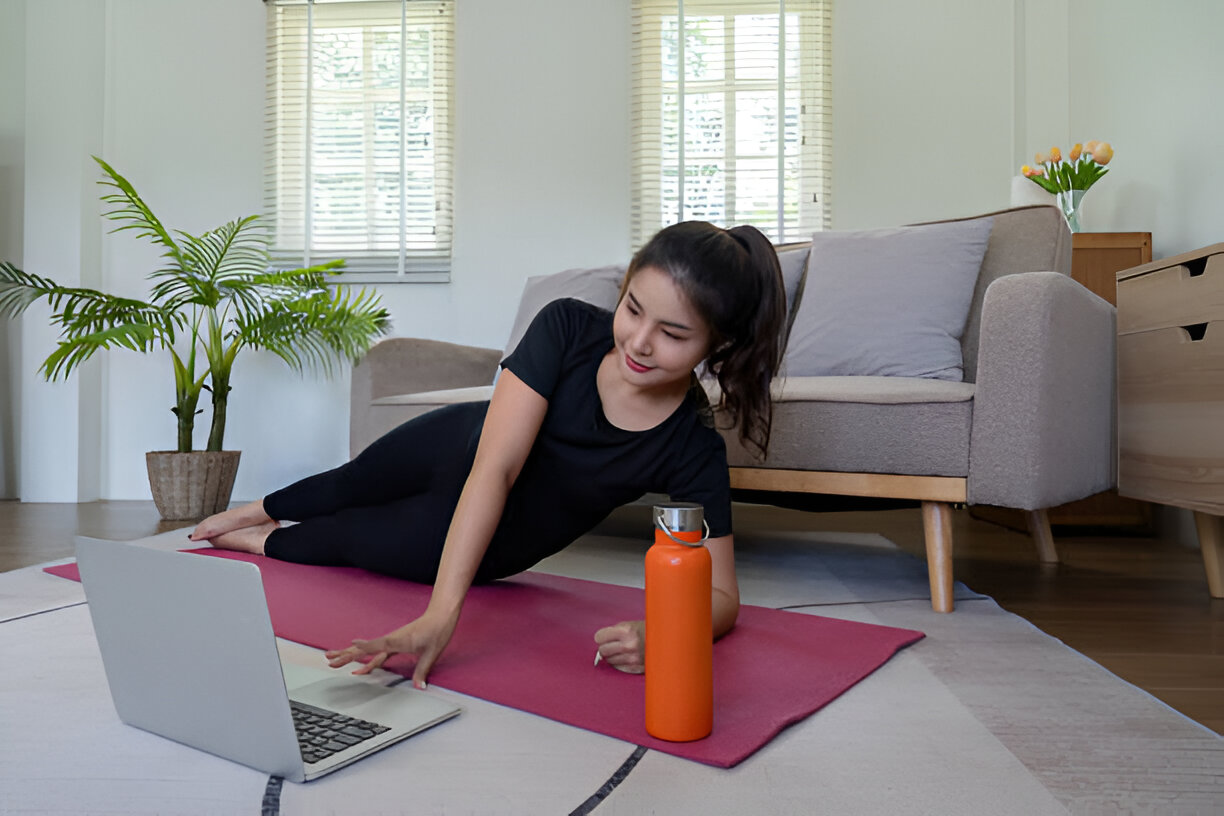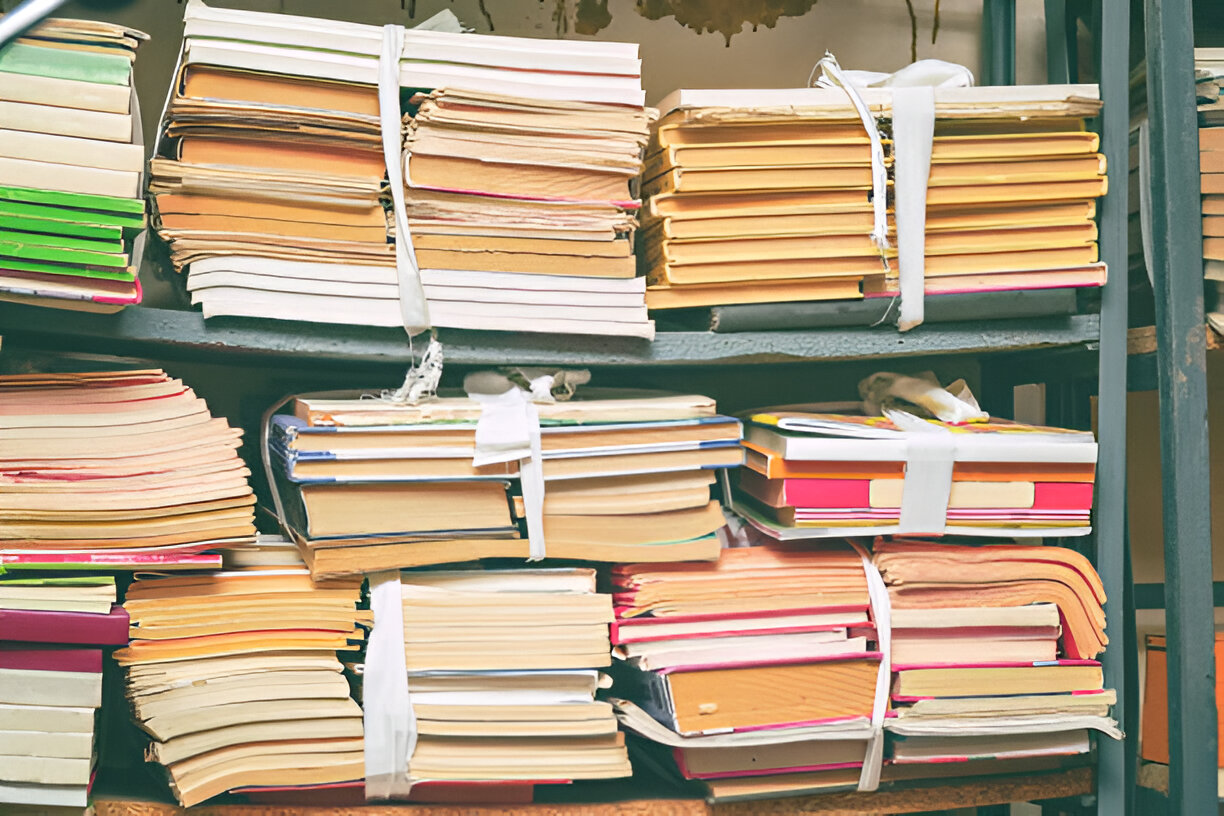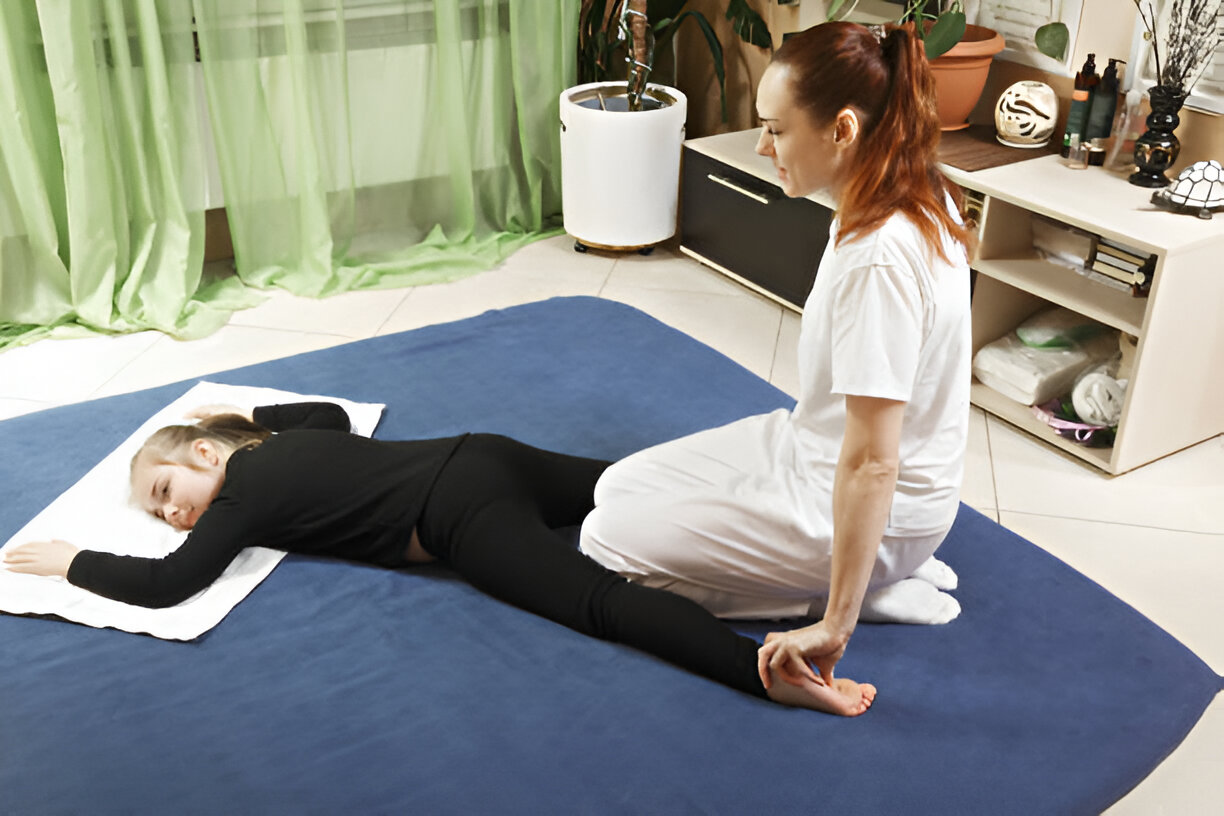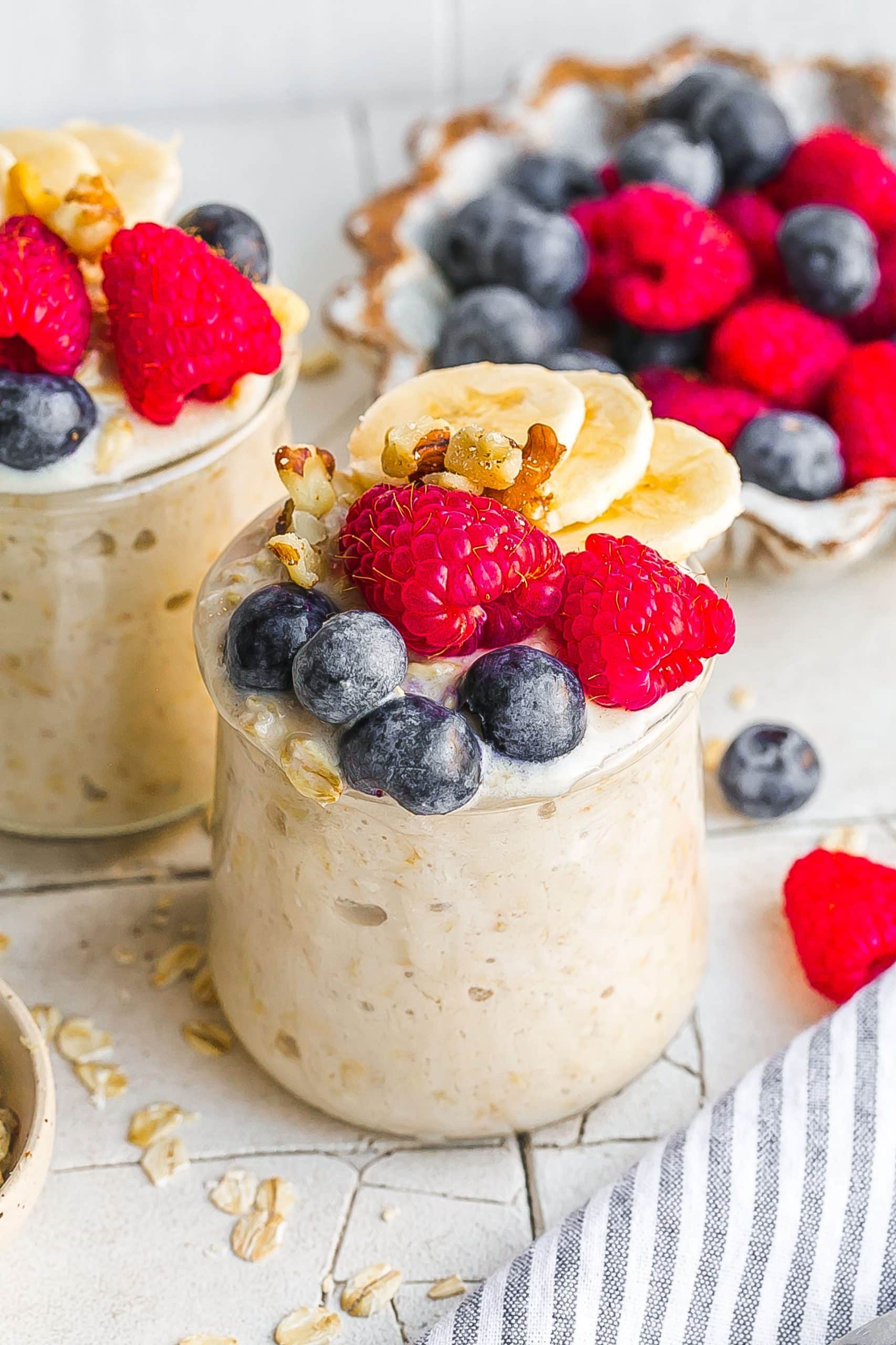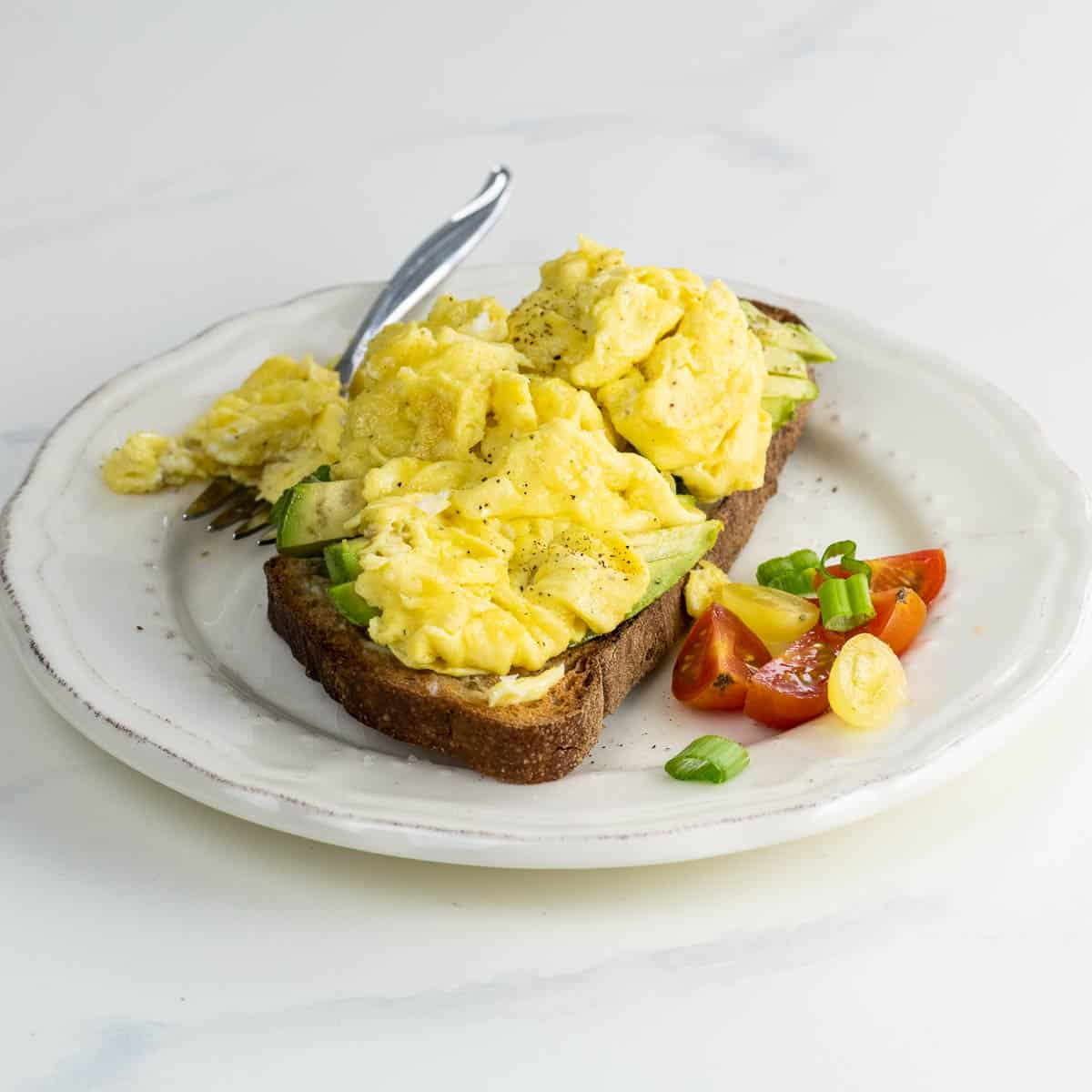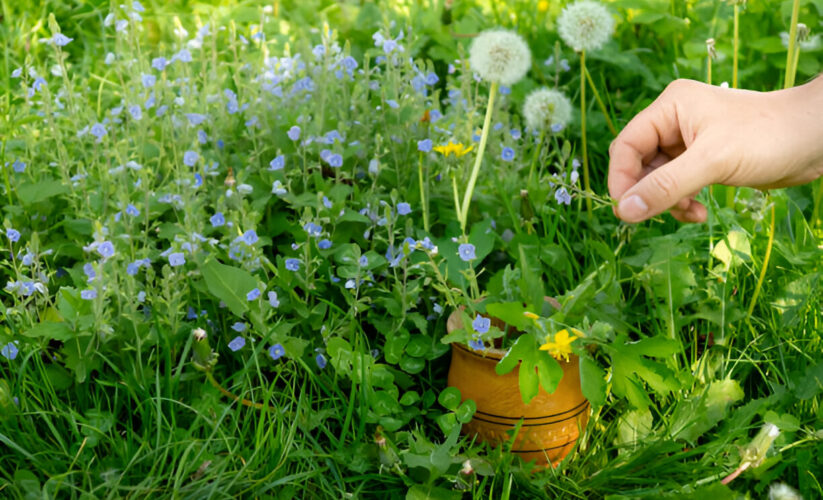

*Try to do your gardening late in the afternoon.
Most plants tend to release their pollen between the hours of 5 a.m. and 10 a.m., so pollen counts are likely to be the highest at this time. By late afternoon, actual pollen counts may be higher, but circulating pollen will be higher in the sky and not near the ground where you are likely to be working. This also protects you from the most damaging sun exposure.
* Make the most of a rainy day.
Don't let a little mud stop you. Pollen counts are at their lowest on wet, damp, or humid days.
* Take care of the weeds first.
Rooting out the weeds before they mature to the point that they produce pollen can greatly reduce your pollen exposure.
* Use clothing as a weapon.
Wear gloves, a lightweight, long-sleeved shirt, protective glasses, and a hat. When you are done gardening for the day, leave these clothes outside the house or put them in the wash. If your allergies are particularly bad, consider buying a paper face mask at the hardware store or pharmacy. Keep a special pair of shoes just for gardening (like Martha's gardening clogs) and leave these shoes outside.
* Keep clean.
Take a shower and wash your hair immediately after gardening to avoid spreading the pollen throughout your home.
* Shut out the bad stuff.
Keep windows in your home closed, particularly on dry, windy days and on days when the pollen count is especially high.
In addition to pollen, gardeners are also exposed to mold spores which can also cause allergy symptoms. People with mold allergies should:
* Wear a mask when turning the compost pile.
* Avoid working with wet mulch or straw.
* Limit indoor plants whose moist soil creates an ideal condition for mold growth.
by Dr. Brent Ridge





